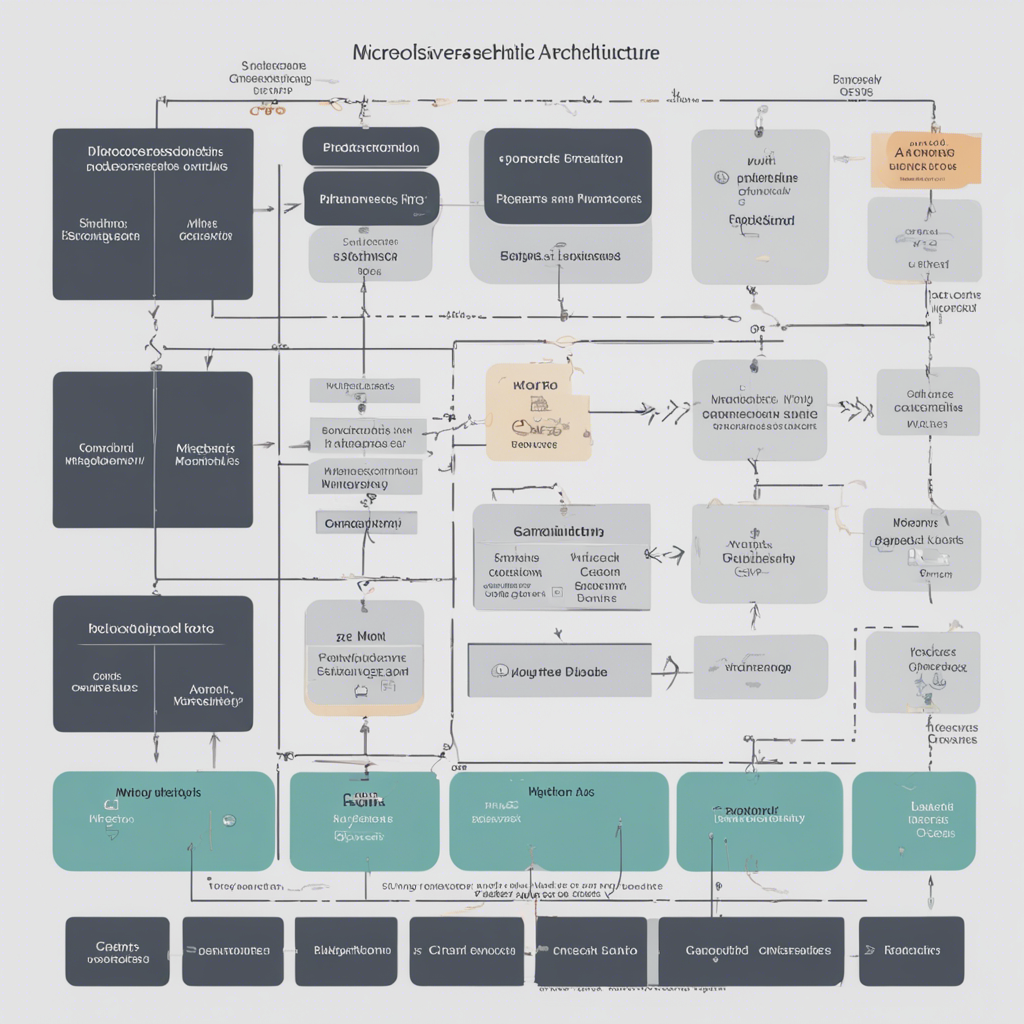
The Pros and Cons of Low-Code Platforms
In recent years, low-code development platforms have gained significant popularity in the software development industry. These platforms allow developers to create applications with minimal coding, thanks to their intuitive drag-and-drop interfaces and pre-built components. While low-code platforms offer numerous benefits, they also come with some drawbacks. In this blog post, we will delve into the pros and cons of low-code platforms to help you make an informed decision.
Pros of Low-Code Platforms
1. Accelerated Development Speed
One of the primary advantages of using low-code platforms is the significant increase in development speed. With the ability to visually design applications using pre-built components, developers can create prototypes and complete projects in a fraction of the time compared to traditional coding methods. This speed can be beneficial for companies that need to quickly bring their ideas to market or make rapid iterations based on user feedback.
2. Reduced Learning Curve
Low-code platforms are designed to simplify the development process, making them accessible to both experienced developers and those with limited coding knowledge. These platforms typically feature visual interfaces that allow users to design applications using drag-and-drop functionality. As a result, developers can focus more on the logic and business requirements of the application rather than getting bogged down in complex coding syntax.
3. Increased Collaboration
Low-code platforms often come equipped with collaboration features that allow multiple developers to work on a project simultaneously. This facilitates teamwork and streamlines the development process, as team members can work on different components of an application simultaneously. Additionally, the visual nature of low-code platforms makes it easier for non-technical stakeholders, such as product managers and designers, to provide input and contribute to the development process.
4. Cost-Effectiveness
By reducing the need for extensive coding and programming expertise, low-code platforms can potentially lower development costs. With fewer resources required, companies can allocate their budgets more efficiently and invest in other aspects of their business. Moreover, the faster development speed enabled by low-code platforms can result in significant cost savings as well.
5. Rapid Iteration and Agility
Low-code platforms empower developers to quickly iterate and update their applications based on user feedback or changing business requirements. With the ability to make modifications visually, developers can implement changes swiftly, ensuring that the application stays aligned with evolving needs. This agility is particularly valuable in fast-paced industries where staying ahead of the competition is crucial.
Cons of Low-Code Platforms
1. Limited Customization
While low-code platforms offer convenience and speed, they can be limiting when it comes to customization. These platforms often provide a set of pre-built components and templates, which may restrict developers from achieving highly tailored solutions. This limitation is mainly relevant in complex projects that require intricate functionality and customization beyond the capabilities of the low-code platform.
2. Vendor Lock-In
When adopting a low-code platform, companies rely on the vendor’s infrastructure, tools, and support. This reliance can potentially lead to vendor lock-in, where switching to a different platform becomes challenging. While some low-code platforms enable exporting the application’s code, the transition may still require significant effort and resources. It is crucial to consider the long-term implications and weigh the potential risks associated with vendor lock-in.
3. Performance Trade-Offs
Low-code platforms often prioritize ease of use and speed of development over the performance aspects of an application. While this might not be a problem for simple applications, it could become a limitation for more computationally intensive or latency-sensitive projects. Developers need to consider whether the performance trade-offs of using a low-code platform align with their application’s specific requirements.
4. Security Concerns
Like any technology, low-code platforms come with their own set of security challenges. Depending on the specific platform and its associated security measures, vulnerabilities may exist that could expose an application to potential attacks. It is crucial to thoroughly research and assess the security features and protocols offered by a low-code platform before making a final decision.
5. Lack of Full Control
While low-code platforms simplify the development process, they also remove some of the control that developers have when writing code from scratch. This lack of control may hinder the ability to implement highly specific or intricate functionalities. Developers who prefer fine-grained control over their applications may find the constraints of low-code platforms frustrating.
Conclusion
Low-code platforms have revolutionized the software development landscape, offering accelerated development speed, reduced learning curves, increased collaboration, and cost-effectiveness. However, it is essential to weigh the advantages against the potential drawbacks, such as limited customization, vendor lock-in, performance trade-offs, security concerns, and the lack of full control. Ultimately, the suitability of a low-code platform depends on the specific project requirements, the development team’s skill set, and the long-term goals of the organization.
By understanding the pros and cons of low-code platforms, businesses and developers can make an informed decision about whether leveraging these tools aligns with their development needs, budget constraints, and desired level of customization.






